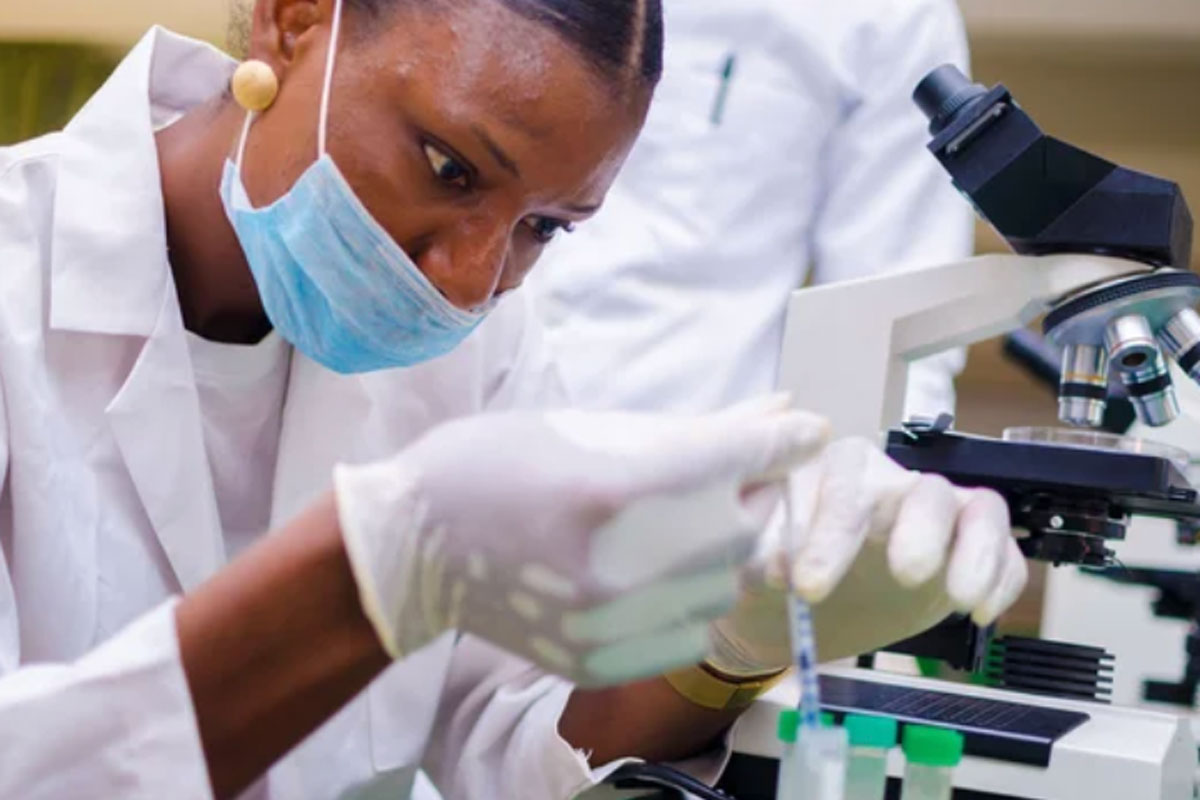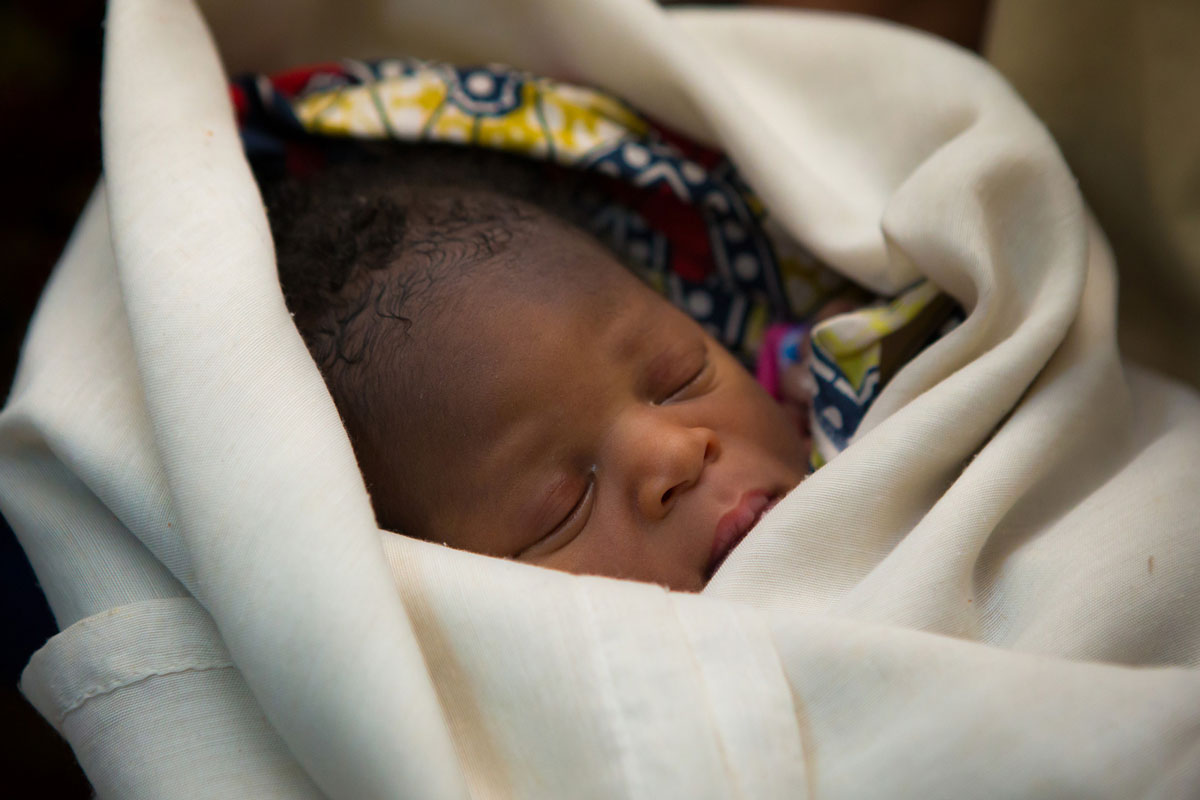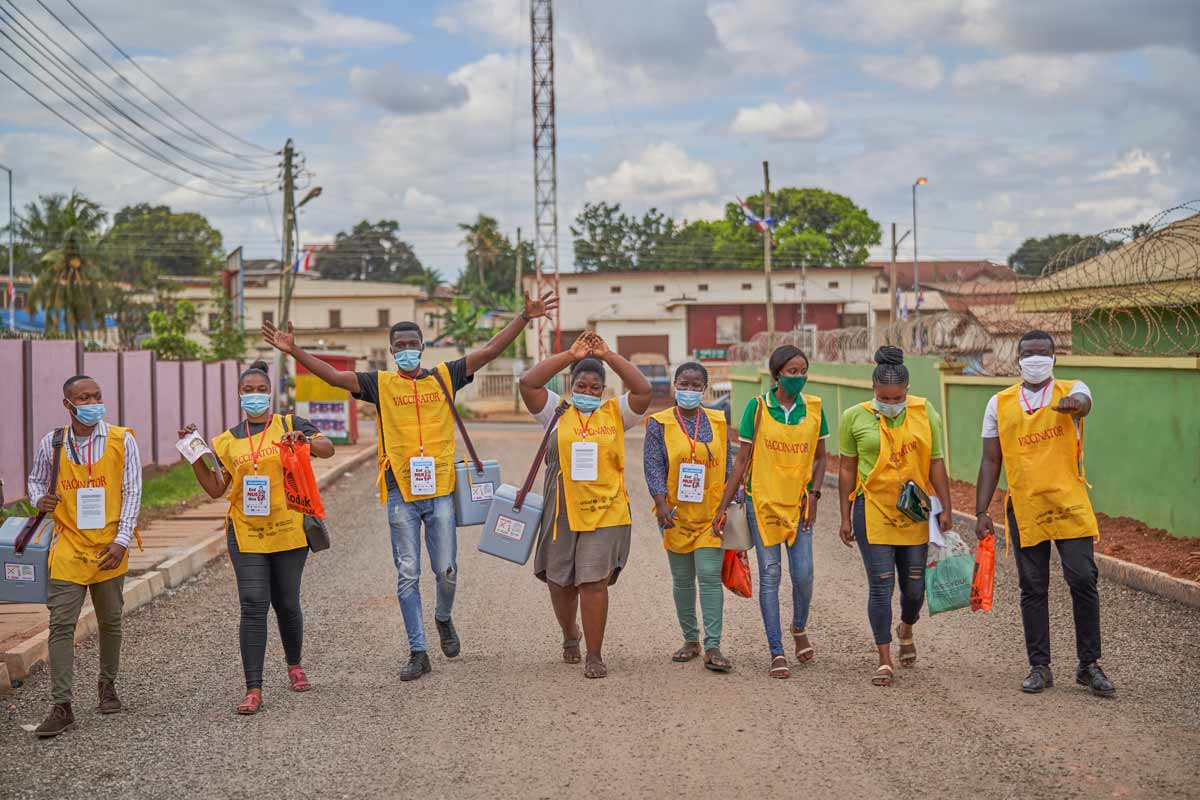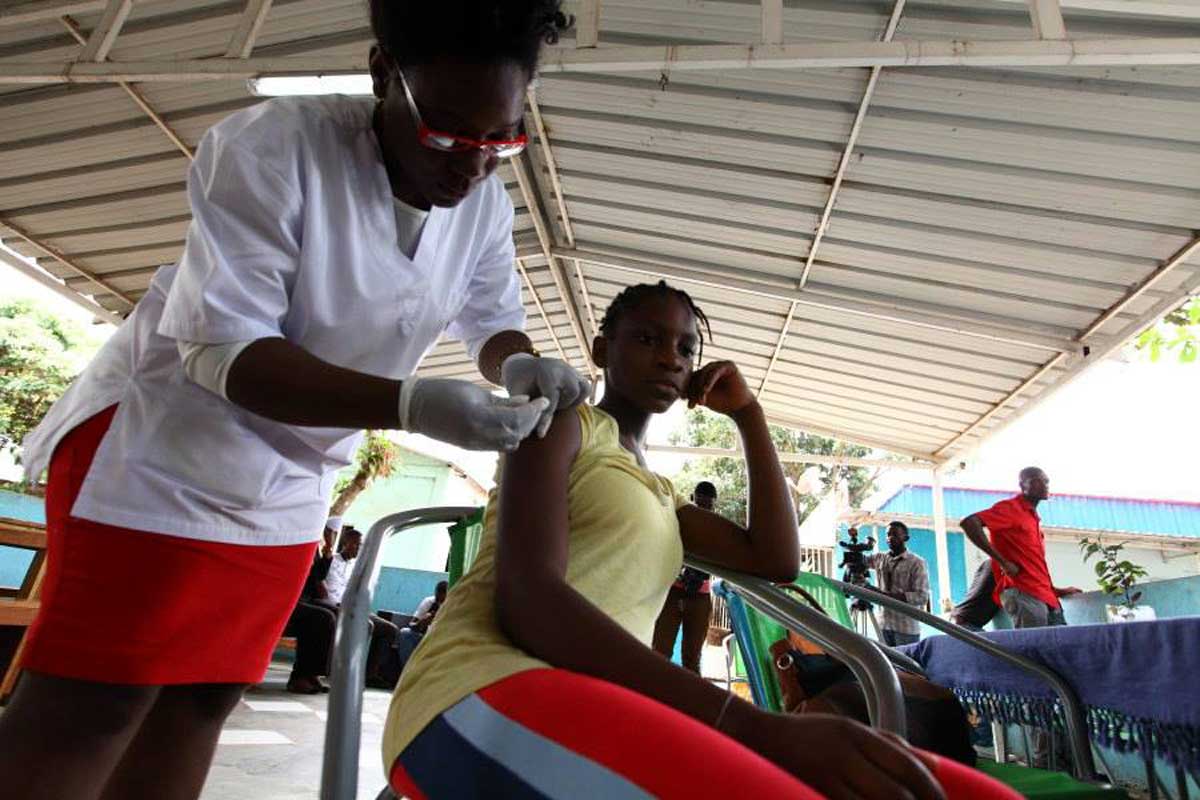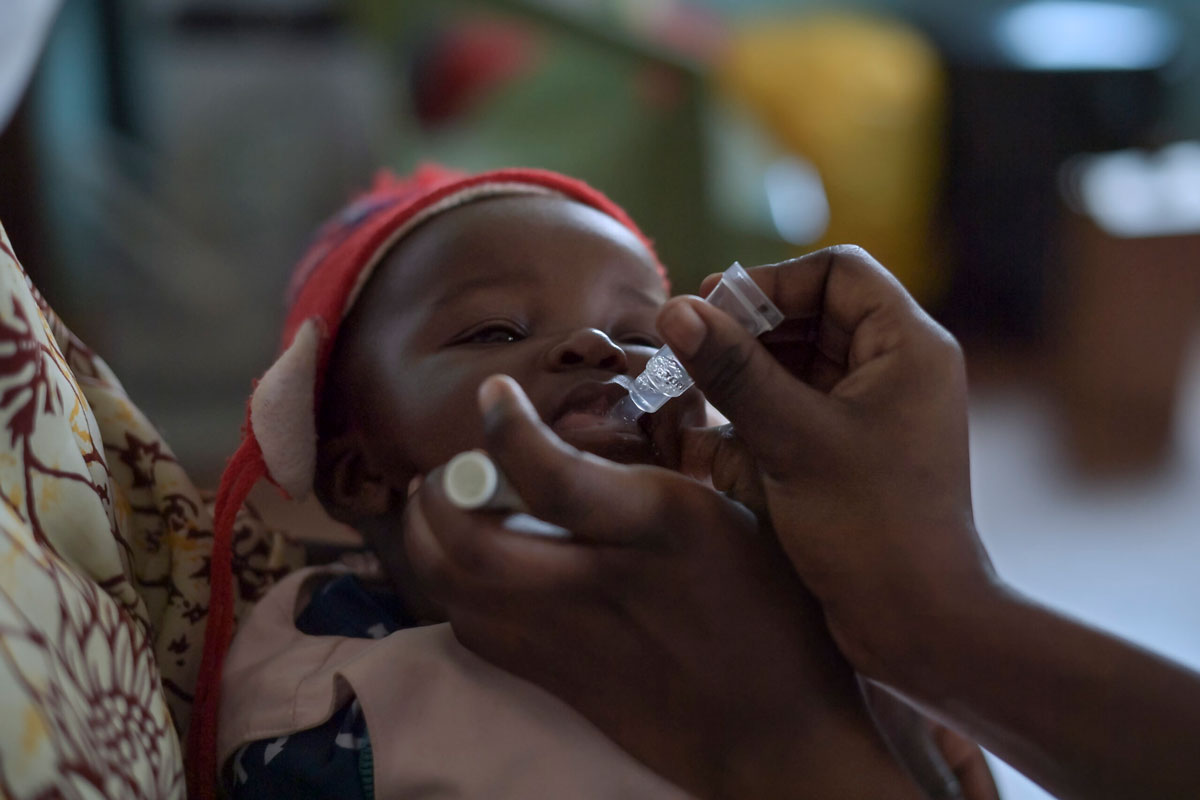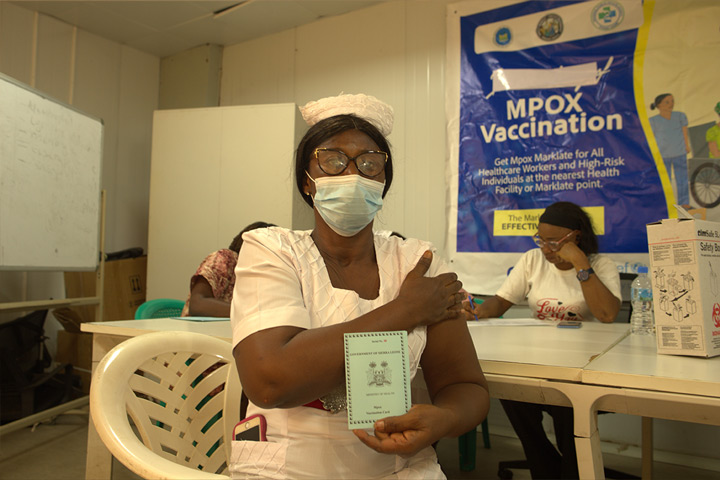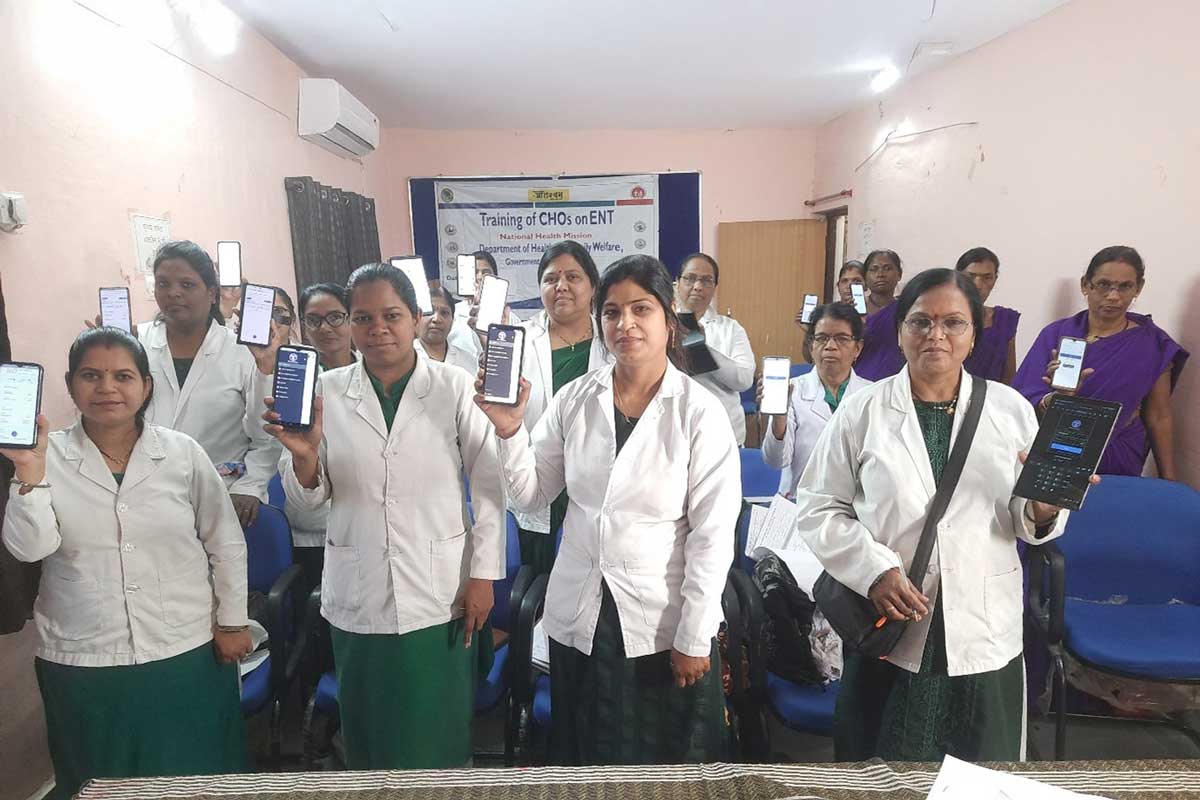A rare paralysis syndrome is spiking in India this year. What’s the story?
So far this year, 14 people have died during a cluster of cases of Guillain-Barré syndrome, an infection-linked autoimmune condition that can cause ascending paralysis. TV Padma learns more.
- 19 February 2025
- 6 min read
- by T V Padma
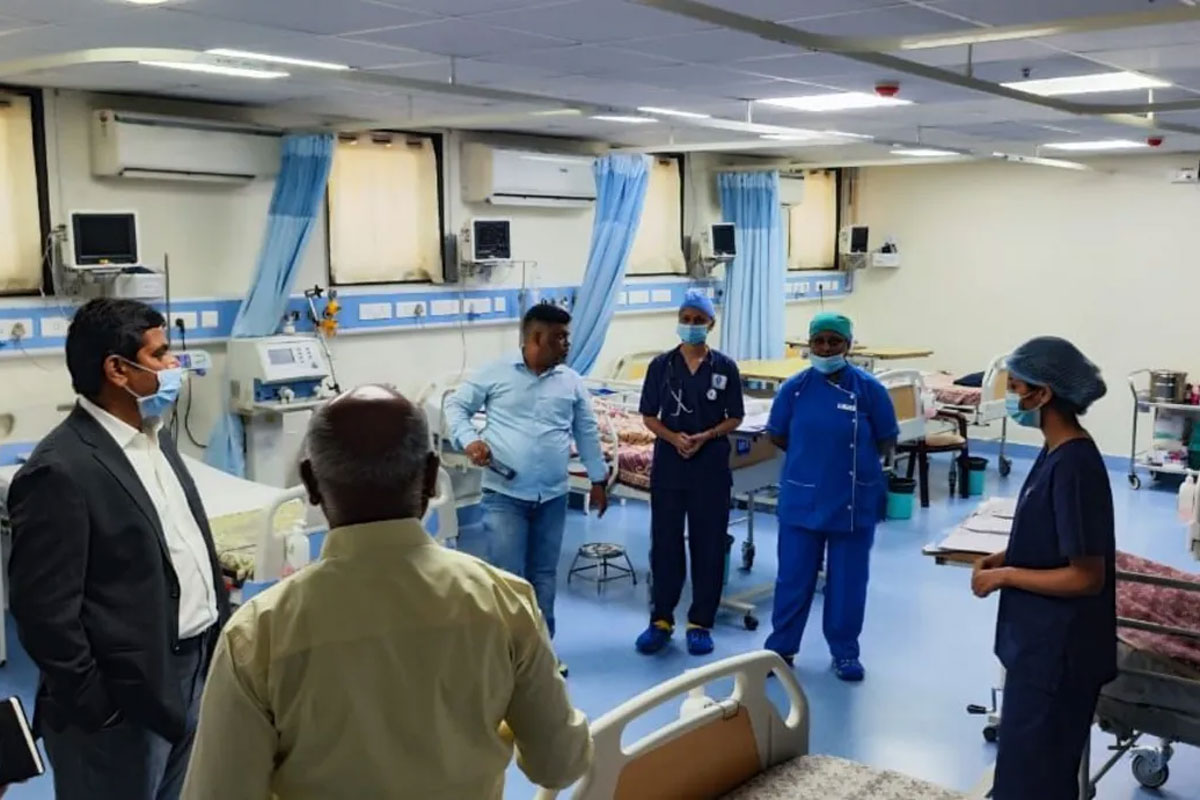
Reports of fresh outbreaks of Guillain-Barré syndrome (GBS) – a rare condition in which the immune system attacks the peripheral nerves causing a range of symptoms from tingling nerves to paralysis, difficulty in breathing, swallowing and speaking – emerged in India in February.
The first cases came from the western state of Maharashtra in end-January, with Pune city as the epicentre of the outbreak, and reports of fresh cases re-emerged in southern India around mid-February. The total death toll reported so far is 14; Maharashtra is bearing the brunt with 11 deaths and over 200 cases. By 15 February, 17 cases and one death had been reported from Andhra Pradesh.
What is Guillain-Barré?
According to the World Health Organization (WHO), the exact cause of GBS is not fully understood, but most cases follow an infection with a virus or bacteria, which results in the immune system attacking the body. Infection with the bacterium Campylobacter jejuni, which causes gastroenteritis, is one of the most common risk factors for GBS, but others include flu or other viral infections including cytomegalovirus, Epstein-Barr virus, and the zika virus.
On 31 January, WHO announced that it is supporting health authorities in India’s western state of Maharashtra to respond to suspected and confirmed cases of GBS in the city of Pune. “WHO teams are on the ground training the health workforce in conducting ‘active case searches’ in the community living in the affected areas to ensure every suspected case is identified, diagnosed and treated,” a WHO statement said.
“India’s health workforce is the backbone of disease containment and response – empowered, equipped, and protected, they stand as the first and strongest line of defense against outbreaks. WHO is providing technical and on-ground field support to district- and state-levels teams to empower responders with adequate resources, training, and support systems,” the statement quoting Roderico H. Ofrin, WHO Representative to India, said.
Disease aftershock
Previous studies by scientists on GBS, including ones conducted at the National Institute for Mental Health and Neuroscience (NIMHANS), in Bengaluru, offer certain relevant insights that may be pertinent to the recent outbreak in Pune, says Monojit Debnath, professor of genetics at NIMHANS.
GBS often follows infections – particularly those caused by viruses and bacteria that trigger an aberrant immune response, says Debnath. “It has been observed that multiple immune pathways are involved in the causation of GBS.” The recent outbreak in Pune appears to involve a known GBS-associated pathogen, such as Campylobacter jejuni, he adds.
The symptoms of GBS typically begin with weakness, often starting in the legs and progressing upward, or ‘ascending paralysis, says Debnath. The maximum weakness occurs within four weeks from onset. Many patients also experience pain, tingling sensations, numbness, weakness of facial muscles, and difficulty in swallowing with loss of reflexes, and autonomic dysfunction (such as heart rate or blood pressure instability). Severe cases develop respiratory failure requiring mechanical ventilation.
“Roughly 40% of our patients reported a preceding infection, such as fever, respiratory infection or acute gastroenteritis, about two to four weeks prior to the GBS,” says Debnath. “The clinical course was varied, with vast majority recovering fully and a minority experiencing residual weakness.”
What is causing the surge now?
Research is ongoing, and as such, scientists we spoke to were as yet unable to definitively name a precise cause for the ongoing Indian spike in GBS. However, there are clues.
“So far based on news articles, from a large cluster of GBS cases, a few stool samples were cultured and have grown Campylobacter jejuni, and PCR (polymerase chain reaction) has identified norovirus,” says Sitara Swarna Rao Ajjampur, professor of microbiology at the Wellcome Trust Research Laboratory at Christian Medical College, Vellore in southern India.
The likely cause is probably a strain of Campylobacter, but more detailed genomic analysis comparing bacterial isolates from cases and poultry and animals and from environmental sampling in the area is required to attribute source or causal association and may help identify virulence markers, she adds.
Meanwhile Debnath says several factors could be contributing to the increase in cases; the most important would be a recent outbreak of an infection that is linked to GBS, such as C. jejuni. Previously two large outbreaks of the magnitude reported from Pune were observed from French Polynesia and Latin America (between 2013 and 2016), and Peru in 2019. While the former was linked to the zika epidemic, the latter was related to C. jejuni outbreak.
“As such, seasonal spikes in GBS cases have long been recognised, with an increase in the number of cases during winter,” says Debnath. “It is possible that these spikes are related to certain infections that peak at specific times of the year, and thereby influence GBS incidence. It is to be noted that the outbreak of infections that have the potential to trigger GBS in any part of the world can essentially cause a surge in the affected region. However, the caveat is that infections are not the sole contributor to the development of GBS.”
Could co-infection heighten risk?
Campylobacter jejuni may be the most common trigger, but other bacteria, like Mycoplasma pneumonia, and viruses such as influenza, dengue, zika, Epstein-Barr virus, cytomegalovirus, SARS-CoV-2, chikungunya and others, have been linked to GBS. “In our study that we carried out between 2014 and 2019 at NIMHANS, 79.3% had evidence of previous infections, with chikungunya being the most common, followed by Japanese encephalitis, C. jejuni and dengue. Interestingly, co-infection with multiple organisms was the predominant finding, as 65% had evidence for more than one infection,” said Debnath.
In the past, vaccines such as those for influenza, COVID-19, rabies and yellow fever have been linked to GBS in rare and isolated cases. “Modern vaccines are less likely to contribute to GBS over and above the background risk. In fact, the risks posed by the diseases themselves and the benefits of the vaccines far outweigh the risk of developing GBS following vaccination,” said Debnath.
Have you read?
No need for panic
GBS is a post-infectious sequela and as such does not “spread”, notes Ajjampur. Cases of GBS occur sporadically everywhere in the country (and elsewhere), usually following diarrhoea, and so single cases reported from other states or cities with no epidemiological link to the cluster of cases in Maharashtra are likely unrelated.
Precautionary measures to prevent food- and water-borne infections and diarrhoea at the household level such as boiling water used for drinking and cooking, avoiding uncooked foods or street food in the area, good hand hygiene along with public health messaging are needed, Ajjampur urges. Campylobacter are a common cause of diarrhoea in children in India and linked to contaminated food and water. Not all Campylobacter infections lead to GBS. The source of infection can be poultry and other animals in the household or community that contaminate food and water. It can also be contracted by ingesting contaminated meat and milk.
It is important not to panic or become nervous, says Debnath. GBS itself is not a contagious disease. The focus should be on identifying and controlling the underlying infectious triggers. Measures such as consuming hygienic and well-cooked food and drinking treated or purified water will go a long way in mitigating the risk of developing infection-induced GBS. “Of course, the key is early recognition of GBS and timely intervention to prevent severe cases and long-term disability.”

